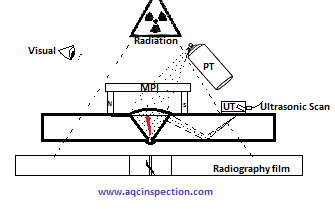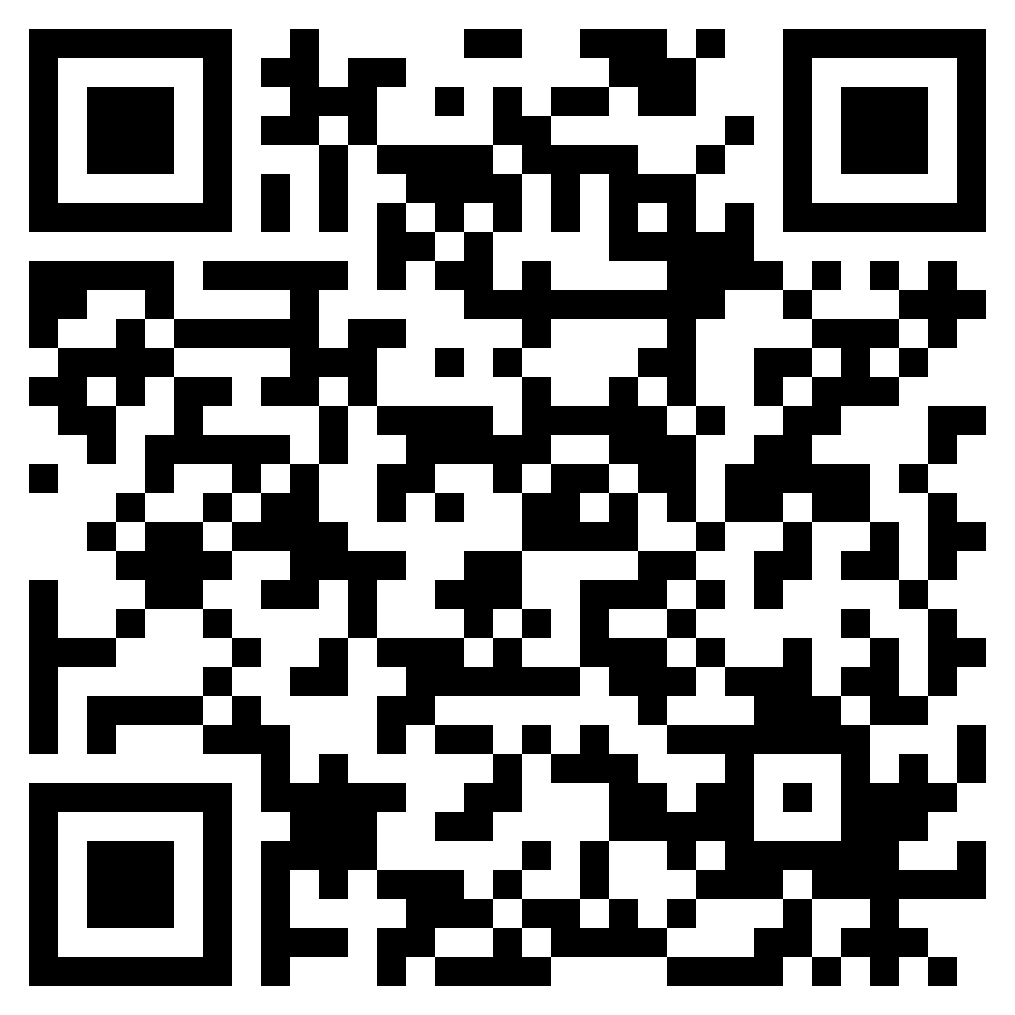Why Welding Inspection Milwaukee Is Vital for Industrial Applications
Why Welding Inspection Milwaukee Is Vital for Industrial Applications
Blog Article

Discovering the Various Approaches and Criteria of Welding Examination for Getting Conformity and Dependability in Engineering Applications
The importance of welding assessment in engineering applications can not be overemphasized, as it offers as a vital safeguard for making certain structural stability and compliance with industry standards. Numerous methods, including visual assessment and progressed non-destructive testing strategies, provide crucial understandings into the top quality of welds.
Significance of Welding Evaluation
Welding inspection plays a crucial function in ensuring the stability and safety of welded frameworks. The value of welding examination can not be overstated, as it serves as a secure versus possible failings that can result from inadequate welding techniques.
Moreover, welding inspection is important for maintaining quality control throughout the welding process. It guarantees that the welds satisfy the required mechanical and physical homes needed for their desired applications. Routine examinations also promote a society of responsibility and continual enhancement within welding operations, motivating adherence to best techniques and industry criteria.
In managed markets such as aerospace, building, and production, rigid welding evaluation methods are mandated to follow legal and security demands. Ultimately, reliable welding assessment not only secures human life and property however additionally enhances the long life and dependability of bonded frameworks, making it an important facet of engineering and building.

Common Welding Inspection Approaches
A variety of assessment approaches are used to analyze the quality and stability of welds, each customized to detect certain kinds of defects. Among the most usual approaches is visual inspection, which entails an extensive examination of the weld surface to recognize visible problems such as fractures, undercuts, and insufficient combination. This method is commonly the initial step in the inspection procedure because of its simplicity and cost-effectiveness.
Another widely used approach is radiographic assessment, where X-rays or gamma rays pass through the weld to disclose internal defects. This method is specifically efficient for discovering porosity and additions within the weld product. Ultrasonic testing uses high-frequency audio waves to recognize internal defects, providing a detailed evaluation of the weld's stability.
In addition, magnetic bit examination is used for ferromagnetic products, permitting the discovery of surface area and near-surface defects by using electromagnetic fields and observing particle patterns. Color penetrant screening includes using a fluid dye to the weld surface, disclosing cracks and various other suspensions upon inspection (Welding Inspection Milwaukee). Each of these methods plays a vital function in guaranteeing weld quality and compliance with market criteria
Non-Destructive Examining Strategies
Non-destructive testing (NDT) techniques are essential devices in the analysis of weld top quality, permitting examiners to evaluate the integrity of bonded joints without triggering damages to the materials. Various NDT techniques are utilized to recognize potential flaws, making sure that welds meet the called for standards for safety and security and efficiency.
One of the most common techniques is ultrasonic screening (UT), which makes use of high-frequency audio waves to spot internal imperfections such as gaps or cracks. Radiographic screening (RT) employs X-rays or gamma rays to create pictures of welds, exposing any type of gaps within the product. Magnetic particle screening (MT) works for discovering surface area and near-surface issues in ferromagnetic materials through the application of electromagnetic fields and contrasting fragments.
Fluid penetrant testing (PT) is another commonly made use of method that includes using a dye to the surface area of the weld, which leaks right into any kind of fractures, making them noticeable under ultraviolet light. Each of these approaches supplies distinct benefits and constraints, and the option of an appropriate method is essential to achieving precise analyses of weld integrity. Inevitably, the application of NDT techniques considerably adds to the integrity and security of engineering applications.

Regulatory Standards and Compliance
In the realm of welding examination, adherence to governing criteria and conformity is paramount to ensure the safety and integrity of bonded frameworks (Welding Inspection Milwaukee). Various organizations, including the American Welding Society (AWS), the American Culture of Mechanical Engineers (ASME), and the International Company for Standardization (ISO), have actually developed standards that control welding practices and assessment procedures. These criteria supply a structure for quality guarantee, laying out the required certifications for inspectors and the methods for assessing weld integrity
Compliance with these governing standards not just boosts the structural honesty of go to these guys welded settings up however additionally alleviates threats connected with failings, which can have disastrous consequences. Inspections have to be performed making use of specified procedures, consisting of visual, ultrasonic, and radiographic approaches, to make certain that welds meet specified criteria.
Furthermore, adherence to these criteria is often called for by law, especially in sectors such as building, manufacturing, and aerospace. Normal audits and qualifications are important to maintain conformity, thus promoting a culture of safety and security and top quality within companies. Eventually, regulatory requirements and compliance act as the backbone of trustworthy welding examination methods, guaranteeing that engineered structures meet both performance expectations and safety and security requirements.
Finest Practices for Welding Inspection
While maintaining conformity with regulatory standards is important, applying best methods for welding assessment even more enhances the safety and stability of bonded structures. Effective welding inspection starts with comprehensive planning, that includes recognizing the details needs of each job and browse around here making certain inspectors are trained in appropriate approaches and requirements.
Utilizing a comprehensive assessment list aids to ensure all critical elements are assessed, such as weld dimension, infiltration, and aesthetic problems. Non-destructive screening (NDT) techniques, such as radiographic or ultrasonic testing, ought to be utilized where proper, offering an extra comprehensive examination of weld high quality without jeopardizing the honesty of the products.
Documentation plays a significant function in best techniques; maintaining precise documents of assessments, consisting of photos, test outcomes, and conformity records, ensures liability and helps with future analyses. In addition, promoting a society of open communication between inspectors and welders can cause very early recognition of potential problems, promoting instant restorative activities.
Conclusion
In summary, the implementation of extensive welding examination approaches and adherence to developed requirements are necessary for making certain compliance and reliability in design applications - Welding Inspection Milwaukee. Techniques such as aesthetic examination, radiographic screening, and ultrasonic testing act as important devices in determining issues and keeping quality control. By fostering a society of accountability and quality, organizations can enhance the integrity and durability of bonded frameworks, ultimately adding to the safety and security and efficacy of engineering projects
Different techniques, consisting of visual inspection and advanced non-destructive screening techniques, offer necessary insights into the high quality of welds.Welding assessment plays an important duty in ensuring the integrity and safety and security of welded frameworks.A range of examination methods are used to examine the top quality and honesty of welds, each customized to identify specific types of defects.An imp source additional commonly utilized technique is radiographic inspection, where X-rays or gamma rays pass through the weld to expose inner problems.In the realm of welding inspection, adherence to governing criteria and conformity is vital to guarantee the safety and security and reliability of welded frameworks.
Report this page